
YOUNG GIRL DRINKING MARES MILK (People) - Fermented mares milk (Airag) is the traditional national beverage of Mongolia. The amount of milk produced by one mare averages about two litres when milked six times per day, so in order to make enough Airag for the family and any visitors, it is necessary to have at least a dozen mares. To get good quality Airag, it is necessary to stir the milk mix no less than 1,000 times each day! Produced during the summer months in a specially made hide skin bag, fresh Airag is quite mild, but if kept for long enough turns sour and acidic which is how many Mongolian's prefer it. (Photo and caption by Andrew Newey/National Geographic Photo Contest)
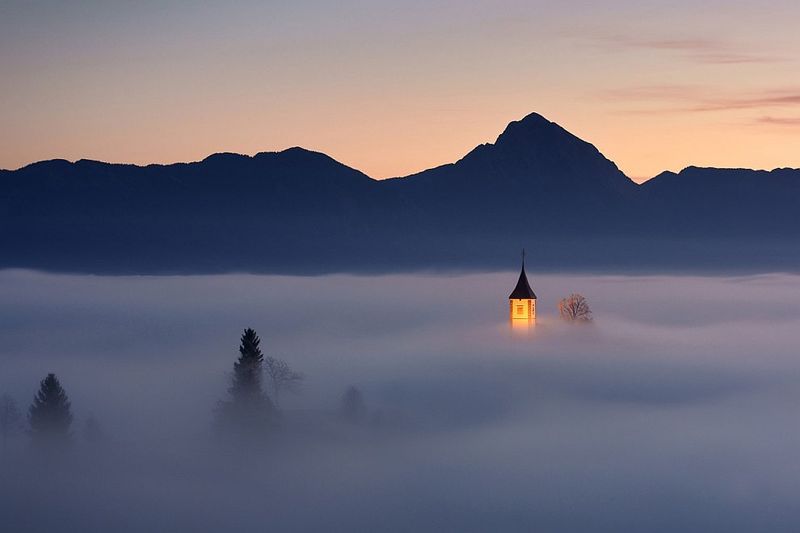
Piece of heaven - Photographer: Janez Tolar. Location: Jamnik, Slovenia. One morning in autumn, the fog was just in at the right height, at the right time. The atmosphere was heavenly, unforgettable.
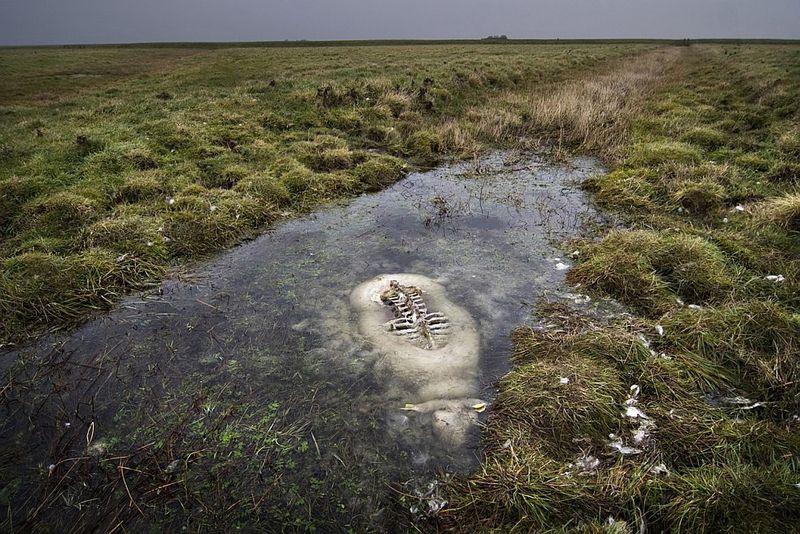
Dead Sheep In Water - Photo and caption by Johannes Bojesen. The sheep had drowned while trying to cross a small canal in the meadow-swamp 'Tøndermasken' in southern Jylland in Denmark. Birds had eaten every part abowe the surface and everything under was left totally untouched.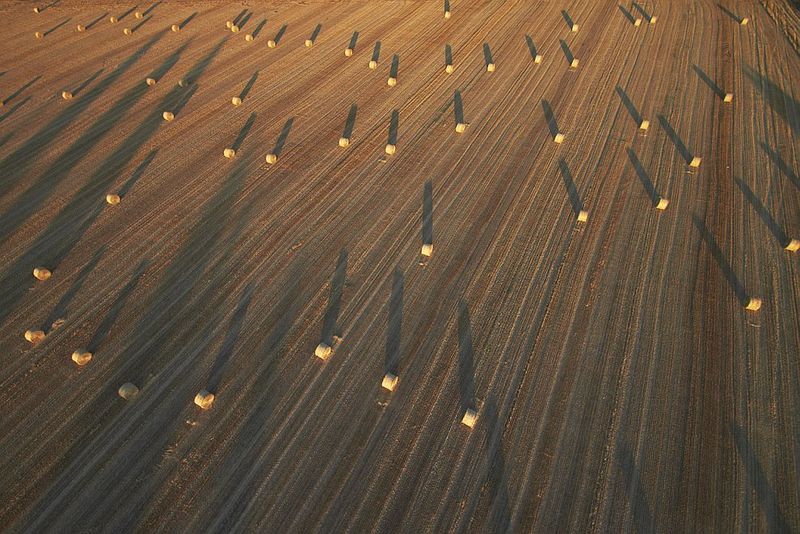
Straw Meteors Field Forever: Thinking about perspectives that could make the difference, I mounted my reflex on an RC helicopter and shot at sunset above this field full of straw bales after the midsummer harvest.(© Michel Giaccaglia/National Geographic Photo Contest)

The Congo river, deep in the Democratic Republic of the Congo - Photographer: Phil Harwood. Location: Democratic Republic of Congo.

Swimming with a turtle - Photographer: John Peterson. Location: Puerto Rico

Chapel on Klimsenhorn: I took this picture while I was in an aerial cableway going down from the Mt. Pilatus in Central Switzerland. It was the end of a nice day spent hiking, including a stop by the beautiful little white chapel on Klimsenhorn on the way to the top.(© Agne Subelyte/National Geographic Photo Contest)
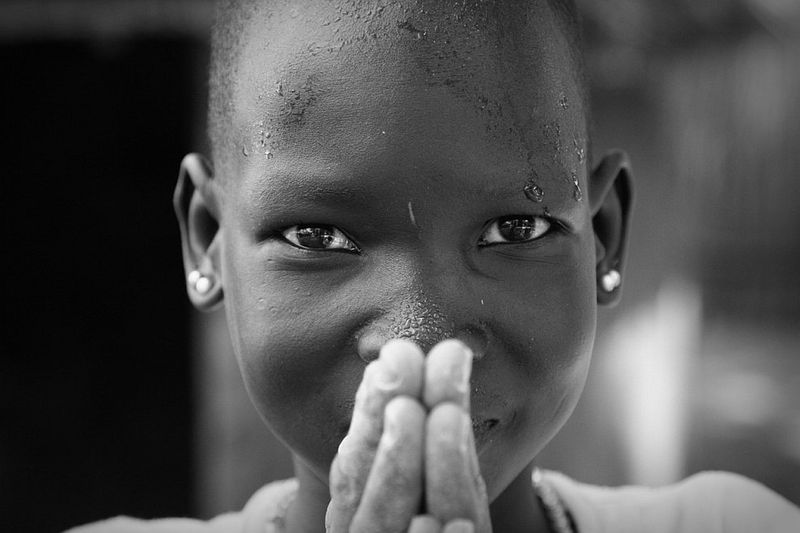
Dusty Hands: Aluong lives in Duk Payuel, a small village in South Sudan. The dust on her hands is from shoveling maize from one bag provided by WFP, into another to take for her family. Her mother has been diagnosed with Tuberculosis. As part of a feeding program the family receives a small amount of food to supplement the temporary loss of a care giver. In between cupped hands full of maize, as sweat grew on her forehead, Aluong looked at me cheekily with her hands pressed together. In the face of such challenges for her family, the spirit of determination and excitement still flashed in her eyes. (© Kristopher Schmitz/National Geographic Photo Contest)
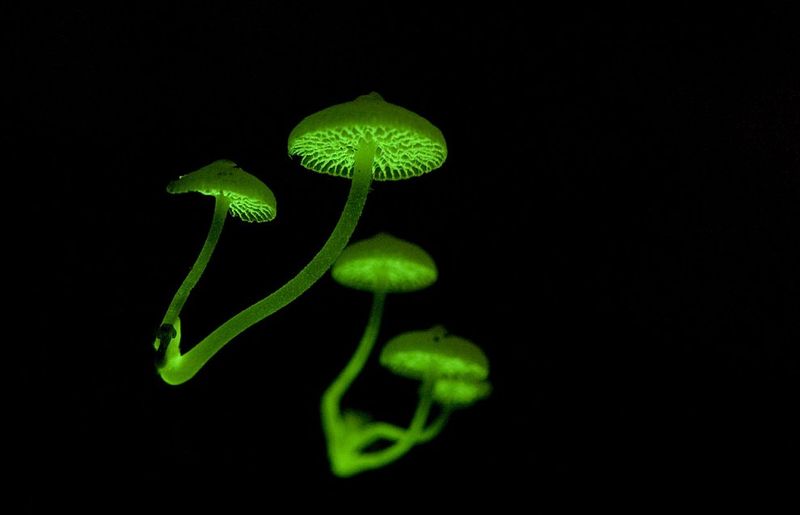
Freaky Fungi: Hiking in pitch darkness within the dense forest undergrowth, one might encounter one of mother nature's awesome creations. A scene which many thought only belongs to the Sci-fi Movies. Filoboletus Manipularis is a fungus which naturally produces a faint eerie glow in the night by a natural process known as bioluminescence, shown in this 3-minute long exposure of these elusive little mushrooms. (© Zong Ye Quek/National Geographic Photo Contest)
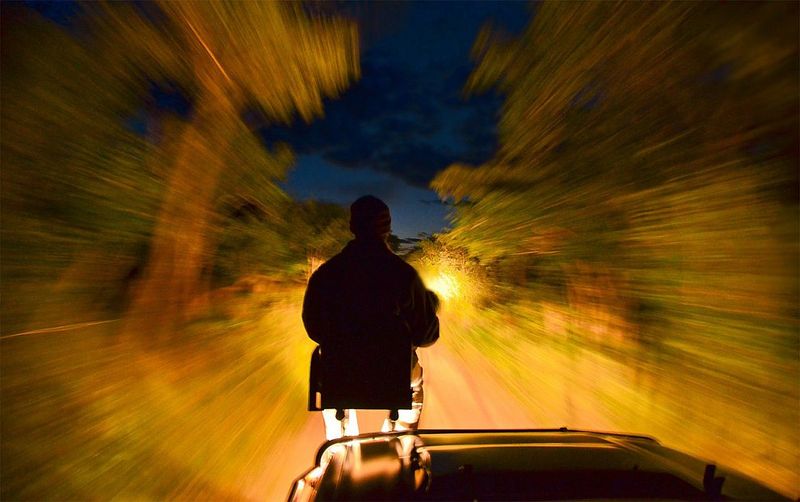
Tunnel Vision: While on a night drive in the Sabi Sands game reserve in South Africa I decided to try something different, using the flood effect from the vehicles headlights and the motion from the trackers spotlight.(© Bradley Leontsinis/National Geographic Photo Contest)
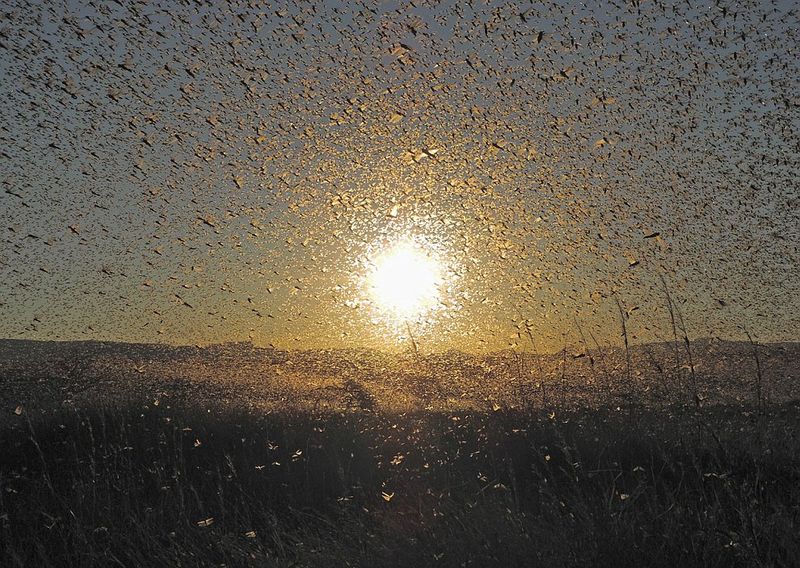
Locusts: I've always wondered if a "plague of locusts" could block out the sun. They come close.(© Anthony Mercer/National Geographic Photo Contest)

80 Year Old Sea Gypsy Spear Fisherman: When he was young he remembers the Japanese passing through during WWII. He was a spear fisherman then, and still today at around 80 years old, he remains a spear fisherman. He earns little from his catch, maybe 2-3 dollars a day for spending hours in the water. This time in the water is keeping him young though, he is able to hold his breath for 2 minutes while chasing fish with no fins. I could barely keep up with him and I had fins on. (© Caine Delacy/National Geographic Photo Contest)

Water Magic: In a world of a million water pictures, it's easy to dismiss this as "just another reflection shot". Still, this unedited image proves how unreal water can behave under certain circumstances. Here I stand at the narrowest point of a small lake, and as usual I have thrown objects into the water to see how it behaves visually. Because the lake was so narrow, only a few meters, the circles start to recoil from land. The effect is called, to my knowledge, interference, but I have yet to see anything similar, even after all these years of throwing rocks into the water. (© Jorgen Tharaldsen/National Geographic Photo Contest)

Catching fish - Photographer: Chang Ming Chih. The fishers catch fish in the night. They used the fire to make the fish come close to the boat and then got them.
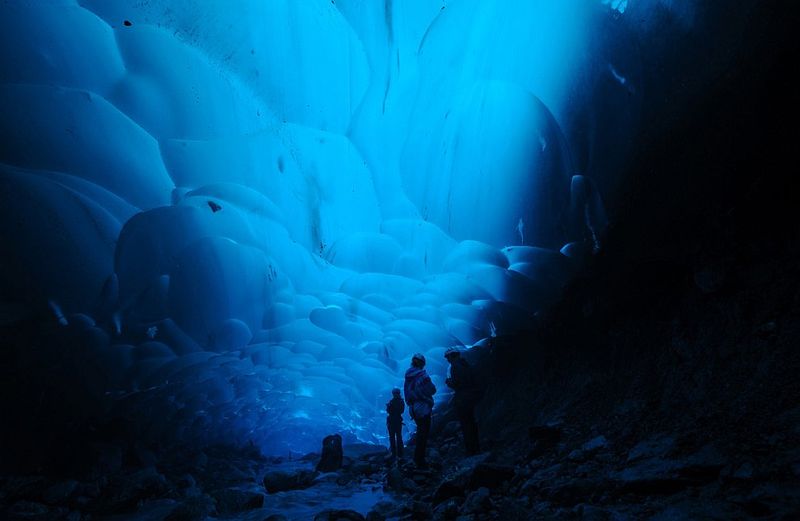
Glacial cave - Photographer: Mark Meyer. Location: Juneau, Alaska

Leaping Hare at Sunset: For a couple of weeks a year the sun sets over this hill near where I live. I knew the field was favored by a few hares and had previously photographed them on this ridge with the sun setting behind. For this particular image I had been tracking this individual hare as it wandered along the ridge and was set up to capture it as it leaped in the air.(© Kevin Sawford/National Geographic Photo Contest)
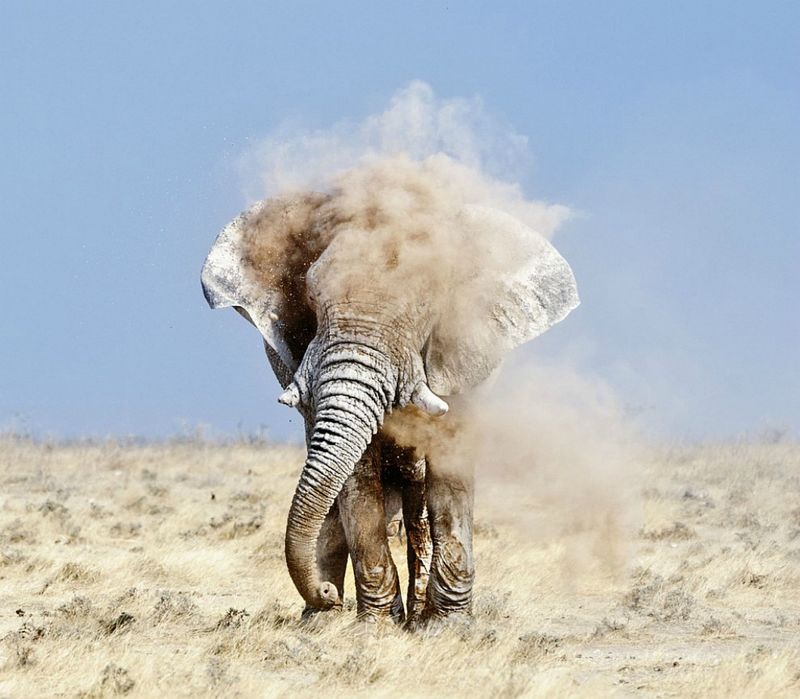
THE GODFATHER (Nature) - He is big - 4 meters tall and over 4 tons in weight, he is the "Godfather." I have visualized this scene many times. I have checked and rechecked my equipment and decided upon the camera and lens combination. I now relax and control my breathing as they come into view. The next ten minutes are bliss of forgetfulness as I zone in to the task at hand; only one moment stands out. He stands still before me in all his magnificence, raising his trunk filled with the red Kalahari dust. In one fluid movement he sprays his forehead and for one brief moment he is covered in the magic of dust and light. (Photo and caption by Peter Delaney/National Geographic Photo Contest)
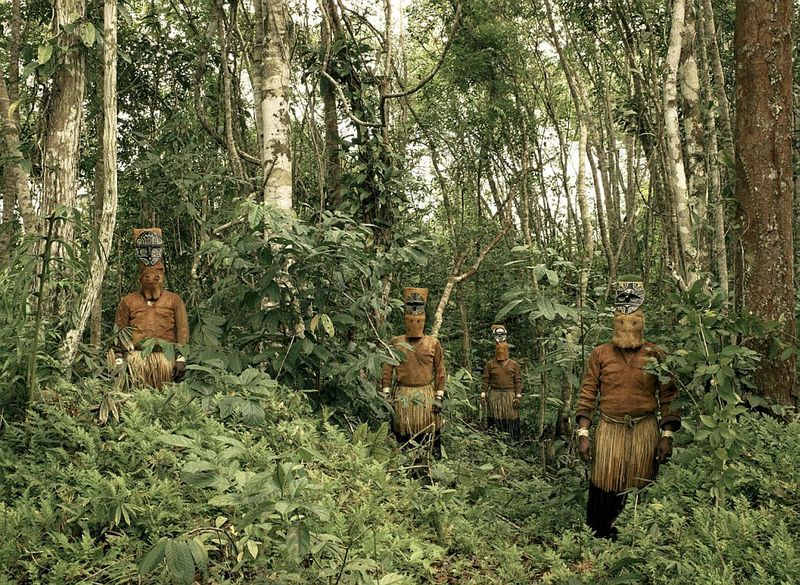
Guardians of the Forest: Deep in the Colombian Amazon, Yucuna indians stand dressed in traditional tribal attire for the Baile del Muñeco, or puppet dance, a celebration of the abundance of the Chontaduro fruit. While traditional indigenous customs are fast being lost throughout the Amazon jungle, here, far down the Caqueta river and few miles from the Brazilian border, traditions are still very much intact. The costumes are still made entirely from natural materials, predominantly tree bark, during this three day festival.(© Piers Calvert/National Geographic Photo Contest)
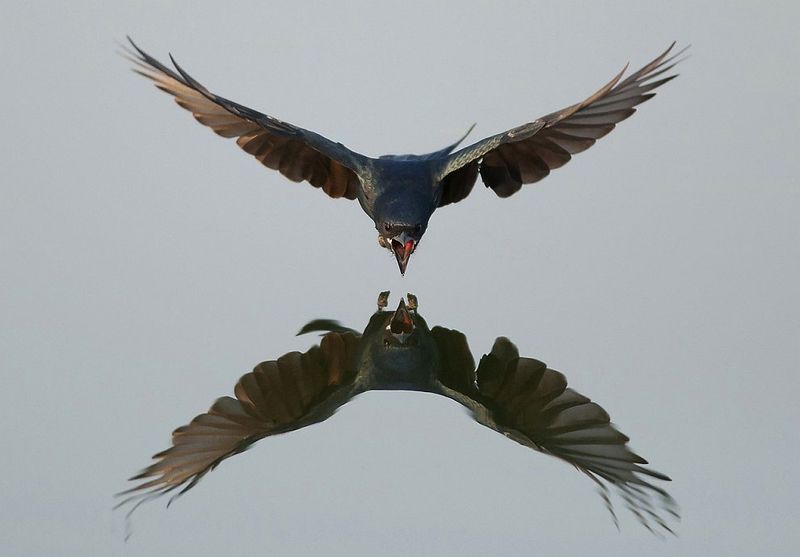
Charging Black Drongo: The Black Drongo selects a good perch near a water body, and takes off when an insect is sighted on the surface, skimming across the water and back to its perch. I spent almost 10 days (1 hr daily morning -- sitting quietly and motionless) and on October 25, 2012, this was clicked. I was lucky to get this just before any skimming action started. I like the concentration level in its eyes, wing position and wide open mouth ready to catch the insect by surprise, and the same action in reflection.(© Vinayak Parmar/National Geographic Photo Contest)
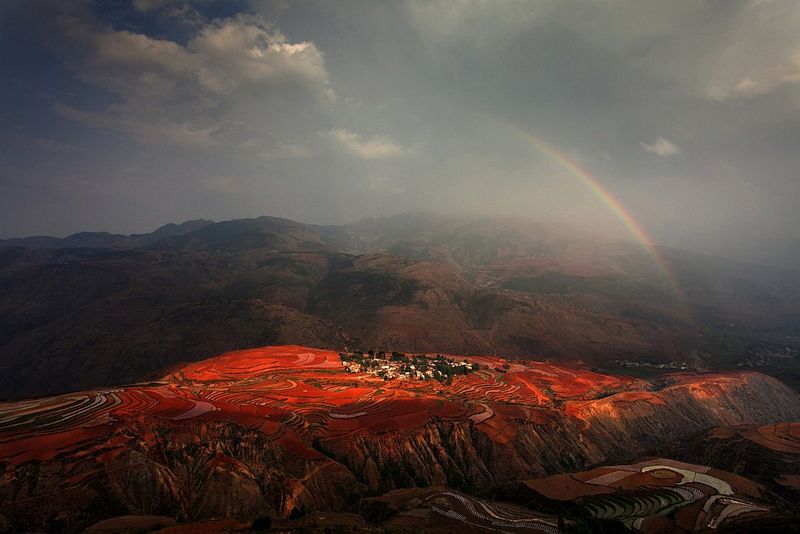
Red Land: Sunset Cloud Village is one of the most picturesque places in Red Land, China. As its name indicates, it's best to see before sunset. The reddish brown soil turns redder after rainfall and after farmers plow the land.(© Peng Jiang/National Geographic Photo Contest)
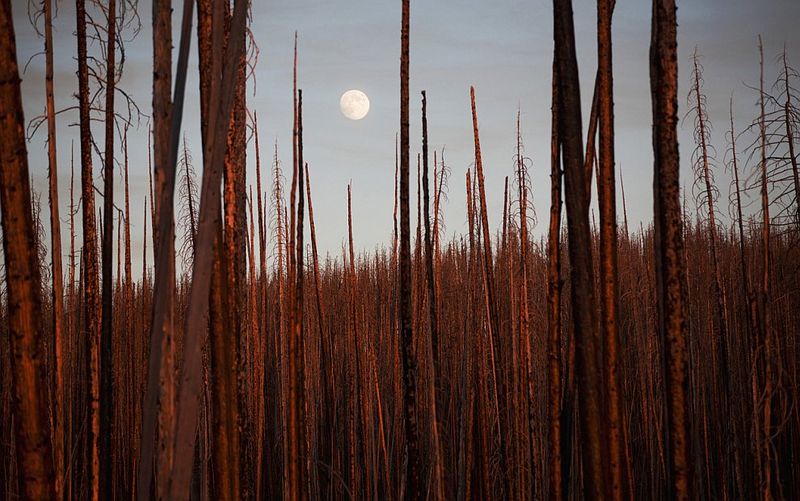
Silence Voice: Sunset time, a peaceful burnt woods just surround you quietly. Together with your heart beating, you can feel the smooth breeze and hear the sounds of emerging exuberance underneath. The perfect ending is in the endless. The picture was taken in Yellowstone National Park. Turning themselves into such strong remainders, the woods have given hopes to their next generation through a wildfire. (© Chaoying Zhao/National Geographic Photo Contest)

One of the most spectacular photography contests is the National Geographic Photography Contest which is currently accepting submissions from all over the world. source
